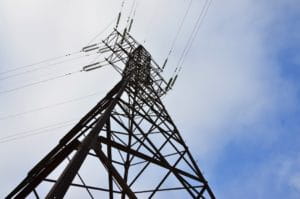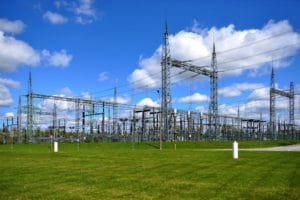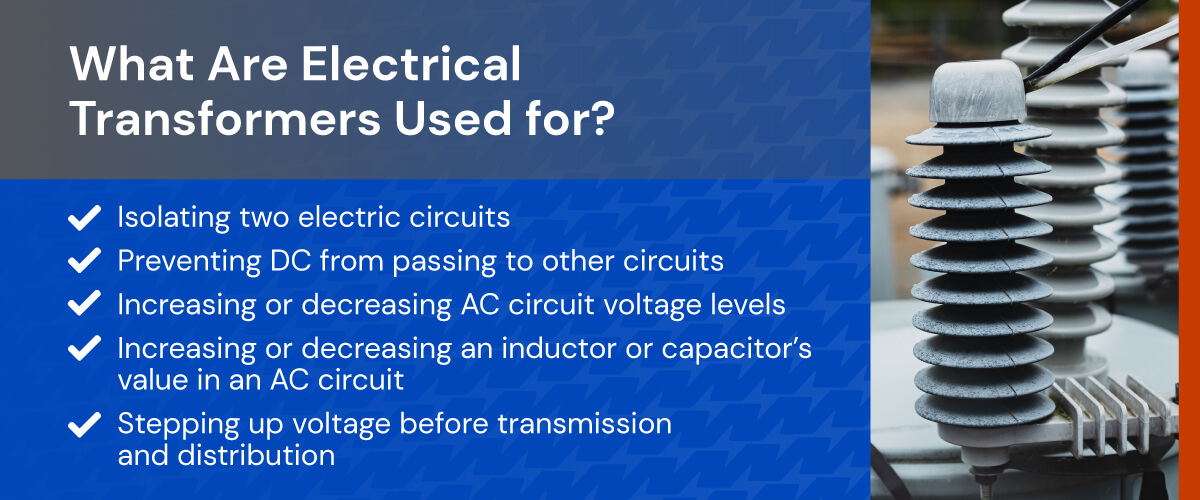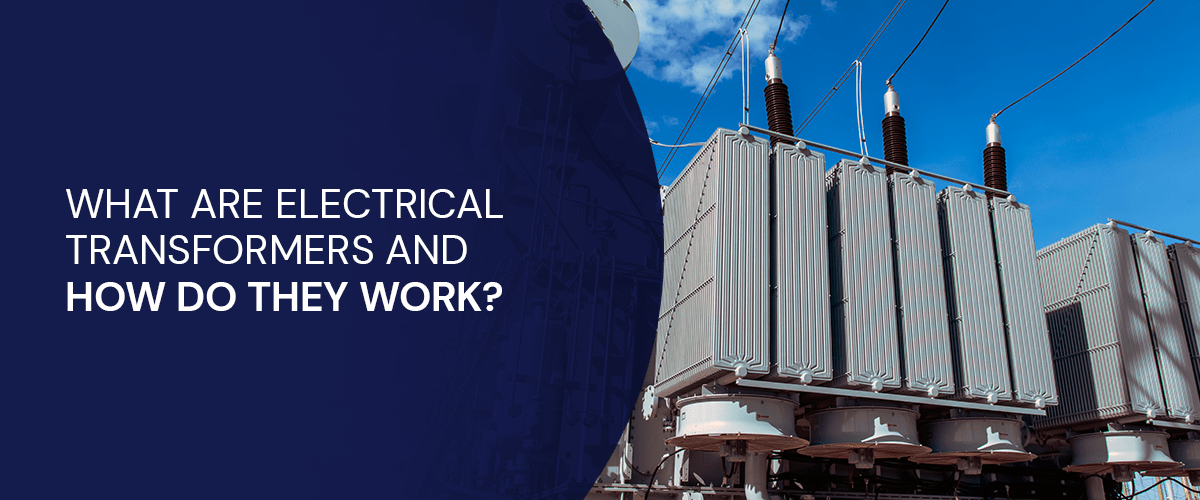
Learn how electric transformers work and the differences between power transformers and other types. Discover essential voltage conversion for AC power systems and industrial applications.
Direct current (DC) systems struggle to transport voltage over long distances, and using them for power transmission results in low efficiency and high energy losses. Combined with a transformer, AC systems allow us to efficiently transport power without excess energy loss, improving electrical systems everywhere.
Learn more about electrical transformers and what they do in this article.
What Is an Electric Transformer? Power Transformer Fundamentals
Electrical transformers are machines that transfer electricity to one or more electrical circuits, increasing (stepping up) or decreasing (stepping down) voltage without frequency change. Modern electrical transformers use AC, where the current’s fluctuation affects the supply voltage fluctuation. The more the current increases, the more the voltage increases — the more the current decreases, the more the voltage decreases.
What Do Electrical Transformers Do?
The primary purpose of electrical transformers is to step up and step down voltage. Transformers assist in making power systems safer and more efficient by stepping up and down the voltage when necessary. They’re helpful in a wide range of residential, commercial and industrial applications. For example, one of their most common uses is regulating and distributing power over large distances.
Transformers allow an increase and decrease in voltage without creating current fluctuations, which helps stabilize voltages and provide overload tolerance. Doing this helps prevent short circuits and electrical fires. Additionally, the design of transformers makes them safe to use with electronics and limits safety issues by isolating them from central systems.
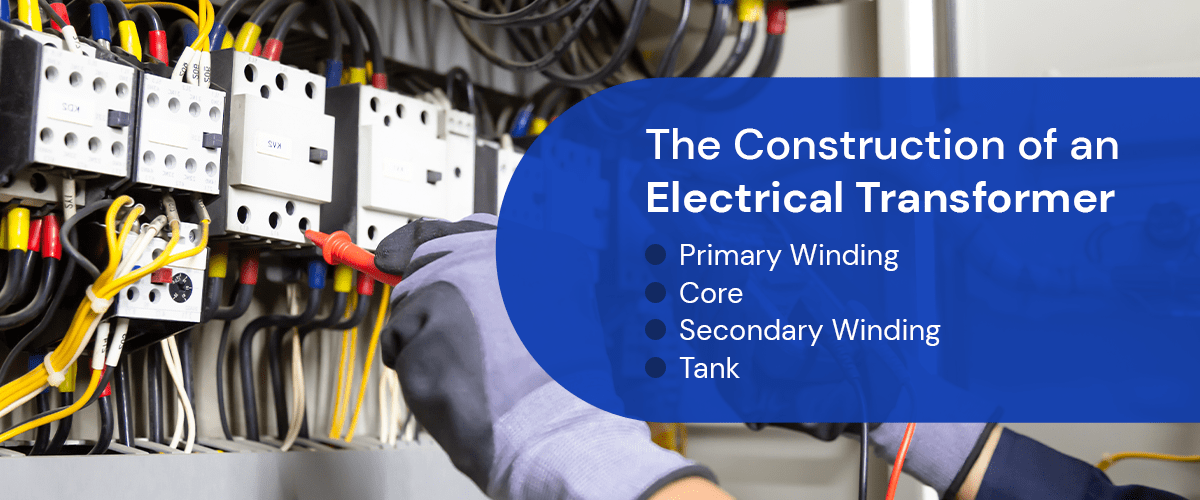
The Construction of an Electrical Transformer
An electrical transformer has four main components — the primary winding, secondary winding, magnetic core and tank. Many transformers have radiators, bushings, breathers and conservators, too. Here’s a closer look at the construction of an electrical transformer.
Primary Winding
The primary and secondary windings are built from stranded copper. The primary winding is connected to the electrical source, which produces magnetic flux. Both windings are insulated from each other and are coiled around the transformer’s core.
The magnetic flux passes through the transformer — it’s first induced in the primary winding. Then, it travels through the core via a low reluctance path to the secondary winding.
Core
The core is made from either silicone steel or soft iron. These materials provide a low reluctance path, which allows magnetic field lines to pass through easily. The core relays magnetic flux to the secondary winding. This creates a magnetic circuit, which closes the flux. The low reluctance path helps maximize flux linkage.
All transformer cores have laminated sheets for eddy current loss reduction and ensuring magnetic path continuity.
Secondary Winding
Once the magnetic flux passes through the core, it travels along the secondary winding, completing the flux movement and creating a magnetic circuit. Both windings are wound around the same transformer core, letting their magnetic fields work together to create motion. This motion allows the secondary winding to pick up momentum and finish the circuit.
Tank
The transformer’s tank surrounds the windings, core and other internal components. It protects, holds and cools the transformer’s core and windings. Heat is released as the magnetic flux is exchanged between the windings, and energy is moved.
The windings and core are housed in the transformer tank to prevent overheating or excess heat waste. This keeps the system cool and allows it to function more efficiently.
How Do Electrical Transformers Work?
The basic process of a transformer is mutual induction between the two windings. A magnetic flux traveling through the core links the primary and secondary windings, while the core’s construction creates a path of low reluctance that enables the flux to move. In other words, the primary winding receives the voltage and becomes energized, which magnetizes the core. This induces the voltage in the secondary coil, creating a push and pull on the free electrons and making them move.
Without a core, the magnetic field of the primary winding is wasted. Adding a transformer core guides the magnetic field around the core to the windings. The secondary winding will have an increase or decrease of coils compared to the primary winding, depending on whether the transformer is a step-up or step-down transformer.
Transformers are essential for safe energy transmission, and their many uses make them invaluable in a variety of fields. If an electric transformer fails, getting expert repair services is essential to restoring the transformer safely and efficiently. Transformers are designed to prevent severe electrical hazards, but they can still be dangerous to work with, so always contact a professional service for repairs and assistance.
What Are Electrical Transformers Used for?
Electrical transformers are needed to prevent energy loss, especially over long distances. Their main uses are:
- Isolating two electric circuits
- Preventing DC from passing to other circuits
- Increasing or decreasing AC circuit voltage levels
- Increasing or decreasing an inductor or capacitor’s value in an AC circuit
- Stepping up voltage before transmission and distribution
Power stations use a step-up transformer to transport voltage long distances. Once the voltage reaches its destination, it passes through a step-down transformer to reduce the voltage and make it safe for residential use. Additionally, there are three use categories for transformers:
- Distribution transformer: Distribution transformers have lower ratings and are used for electricity distribution.
- Instrument transformer: Potential and current transformers are two subcategories of instrument transformers — these transformers relay and protect instruments.
- Power transformer: This transformer has a high rating and is used to transmit electricity.
Along with the above uses, transformers are in many household appliances to help them operate smoothly and safely, including:
- Microwave ovens
- Computers
- Televisions
- Washing machines
- Speakers
- Lighting systems
Transformers allow appliances to function correctly without creating electrical hazards, giving homeowners a safe, enjoyable space.

Contact Sunbelt Solomon: Experts on Electricity Transformers
With a team that has 100 years of combined experience, Sunbelt Solomon is uniquely equipped to deliver complete solutions for commercial, utility and industrial applications. We’re dedicated to delivering quality products and services to our customers in a wide variety of industries. Our environmental qualifications, engineering capabilities and devotion to safety will keep your equipment functioning efficiently and effectively.
At Sunbelt Solomon, we understand how transformer issues can disrupt your day. Along with full-service transformer repair, we also offer high-quality rentals and replacements. To learn more about our services, contact us today. If you’re looking for transformer services and additional products, get a quote now.

